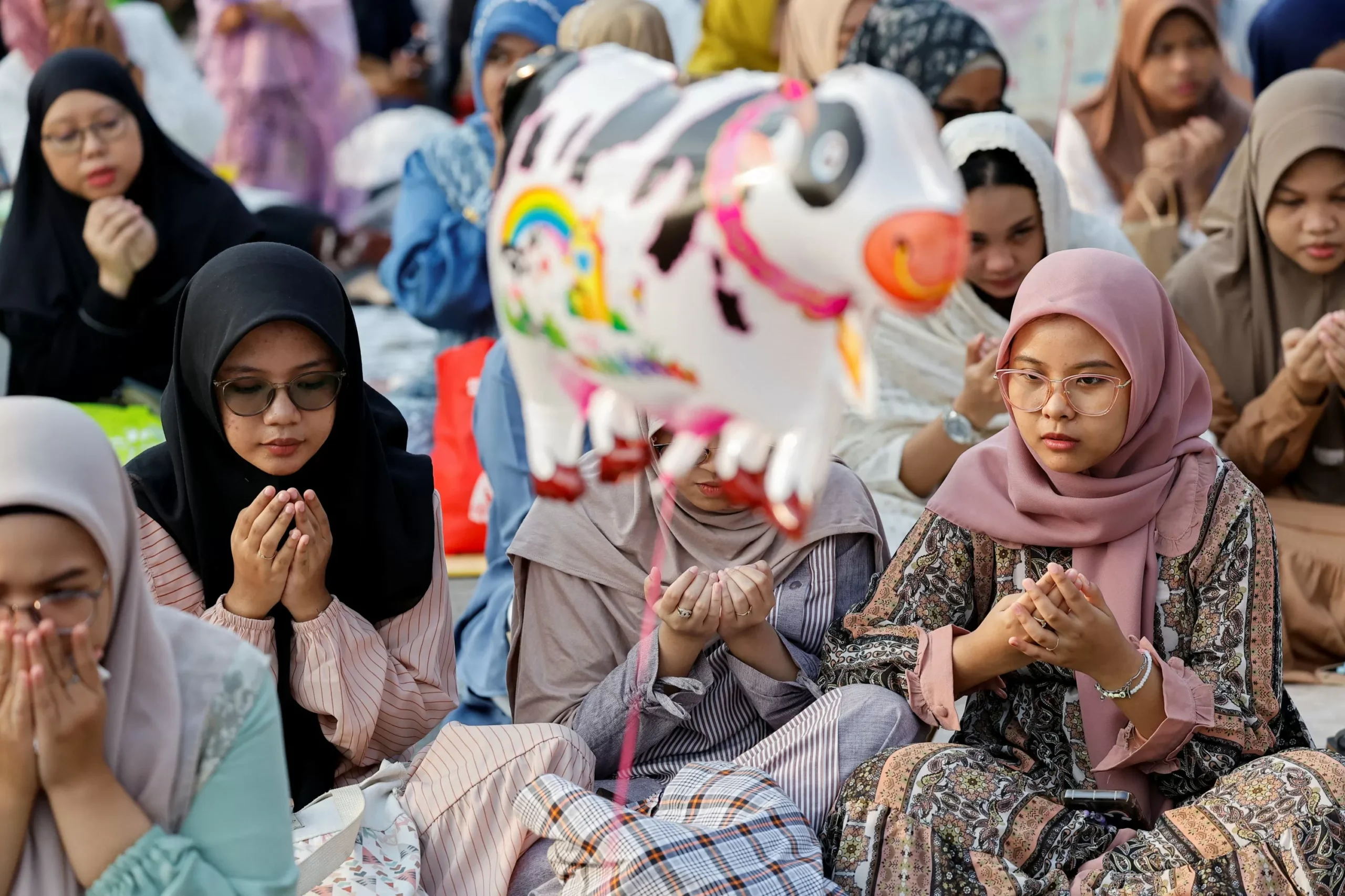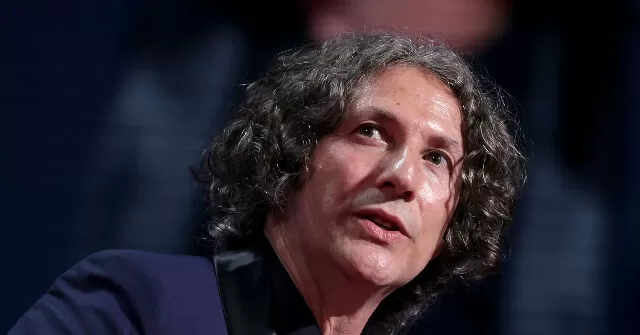Muslims across Asia joyously celebrated Eid al-Adha, the Feast of Sacrifice, on Monday. This significant Islamic holiday commemorates Prophet Ibrahim’s test of faith, where he was commanded by God to sacrifice his son, Ismail. As a symbol of his unwavering devotion and obedience to God, Prophet Ibrahim was willing to carry out the sacrifice, but at the last moment, God replaced Ismail with a ram. This story serves as a reminder to Muslims of the importance of faith, sacrifice, and submission to God.
Eid al-Adha is celebrated on the 10th day of Dhu al-Hijjah, the last month of the Islamic calendar. It is a time for Muslims to come together with their families and communities to offer prayers, exchange gifts, and share meals. The day begins with a special Eid prayer, followed by a sermon that reminds Muslims of the significance of this holiday and its teachings.
The spirit of Eid al-Adha is one of generosity and compassion. As part of the celebration, Muslims are encouraged to give to those in need and share their blessings with others. This is in line with the teachings of Islam, which emphasizes the importance of charity and helping those less fortunate. Many Muslims also choose to sacrifice an animal, such as a sheep, goat, or cow, as a symbol of Prophet Ibrahim’s sacrifice and to distribute the meat to the poor and needy.
In countries like Indonesia, Malaysia, and Singapore, where Islam is the predominant religion, Eid al-Adha is a national holiday. The streets are adorned with colorful decorations, and the air is filled with the sound of takbir, the chanting of “Allahu Akbar” (God is the greatest). Families and friends gather to celebrate, and children are dressed in their finest clothes, often receiving gifts and money from their elders.
In Pakistan, Eid al-Adha is celebrated with great fervor and enthusiasm. The day begins with the Eid prayer, followed by the sacrifice of animals. The meat is then distributed among family, friends, and the poor. The streets are filled with the aroma of delicious food being prepared, and people exchange greetings and well wishes. It is a time of joy and unity, as people from all walks of life come together to celebrate this special occasion.
In Bangladesh, Eid al-Adha is known as “Kurbanir Eid” and is celebrated with similar traditions. The day begins with prayers at the mosque, followed by the sacrifice of animals. The meat is then divided into three parts – one for the family, one for relatives and friends, and one for the poor. It is a time of giving and sharing, and the spirit of Eid al-Adha brings people closer together.
In India, Eid al-Adha is known as “Bakrid” and is celebrated by the Muslim community with great enthusiasm. The day begins with prayers at the mosque, followed by the sacrifice of animals. The meat is then cooked and shared with family, friends, and the poor. It is a time of celebration and reflection, as Muslims remember the teachings of Prophet Ibrahim and his unwavering faith in God.
In the Philippines, Eid al-Adha is a national holiday, and Muslims gather at the Golden Mosque in Manila to offer prayers and celebrate with their community. The day is also marked by the sacrifice of animals, and the meat is distributed to the poor and needy. It is a time of unity and solidarity, as Muslims come together to celebrate their faith and traditions.
Eid al-Adha is not only celebrated in Asia but also in other parts of the world, including the Middle East, Africa, and Europe. It is a time of joy and gratitude, as Muslims reflect on the blessings in their lives and remember the sacrifices of Prophet Ibrahim. The spirit of Eid al-Adha transcends borders and brings Muslims from different cultures and backgrounds together in celebration.
As we celebrate Eid al-Adha, let us remember the true essence of this holiday – faith, sacrifice, and compassion. Let us also reflect on the teachings of Islam and strive to embody them in our daily lives. May this Eid bring peace, happiness, and unity to all Muslims across Asia and the world. Eid Mubarak!





![Complete BritRail Pass Guide [Types, How to Use It, Pros + Cons]](https://inside-news.uk/wp-content/uploads/2025/06/00221EB4-BCA2-4DBB-6CD4-83DBC37D71FA-120x86.webp)












